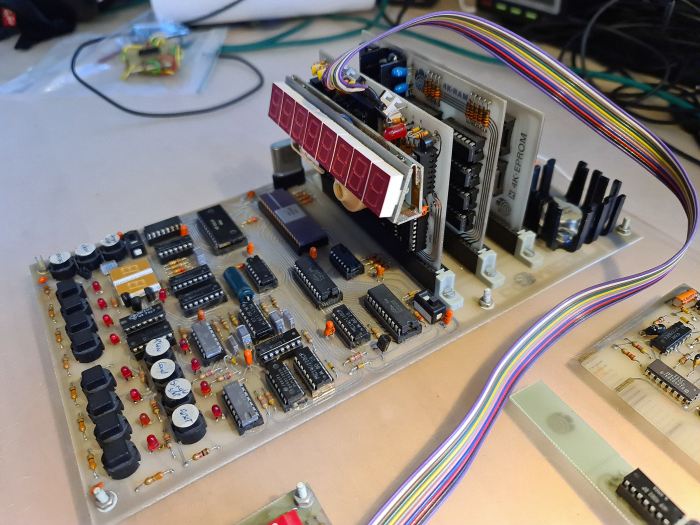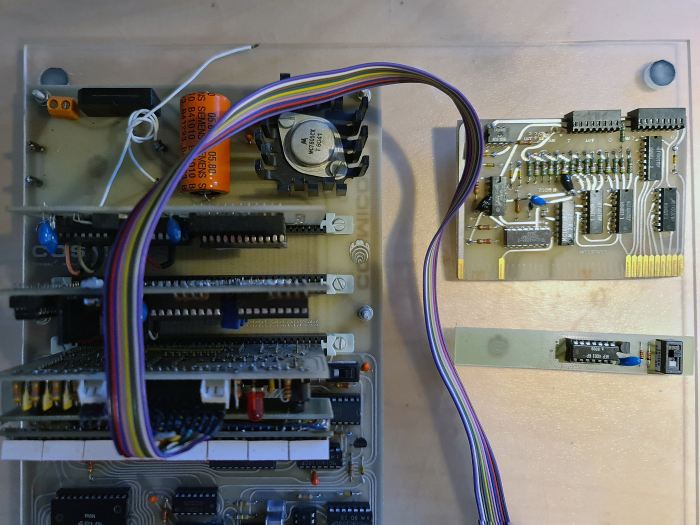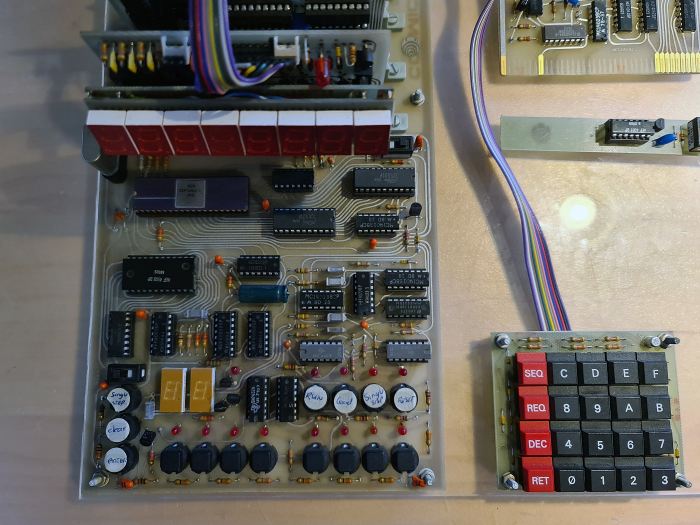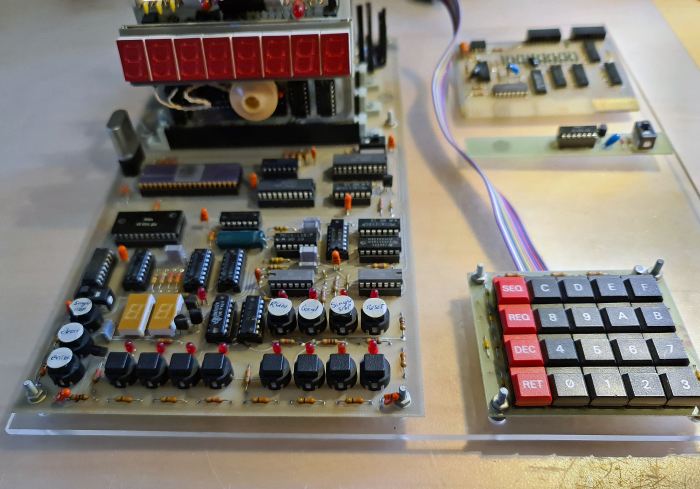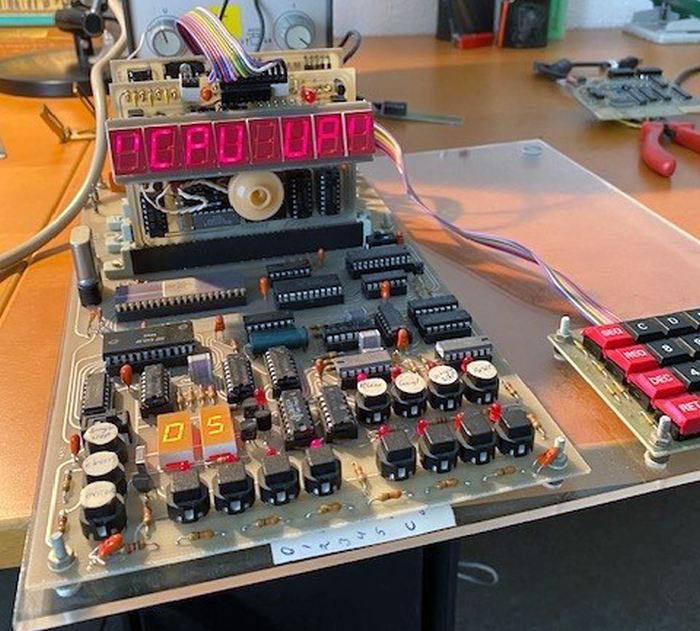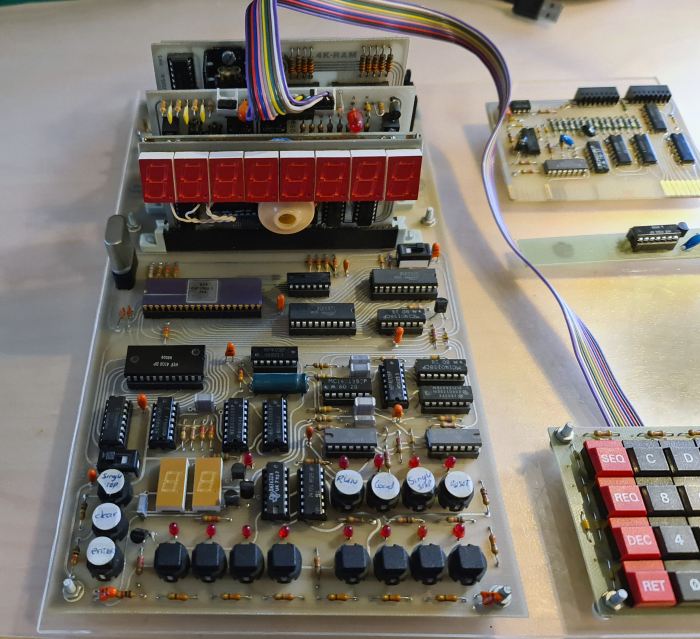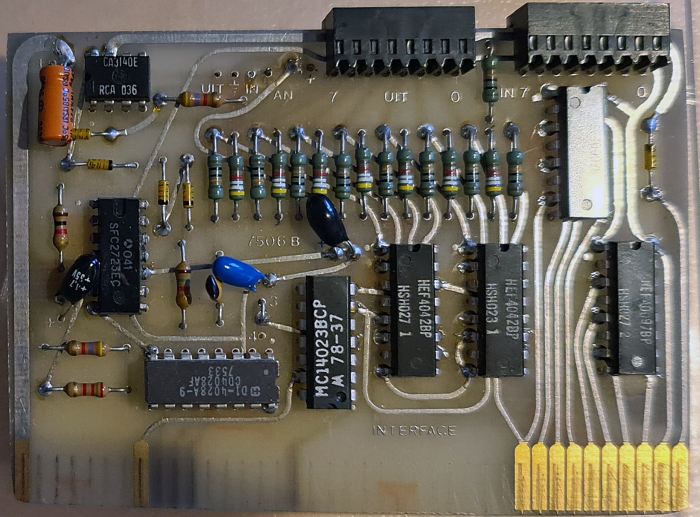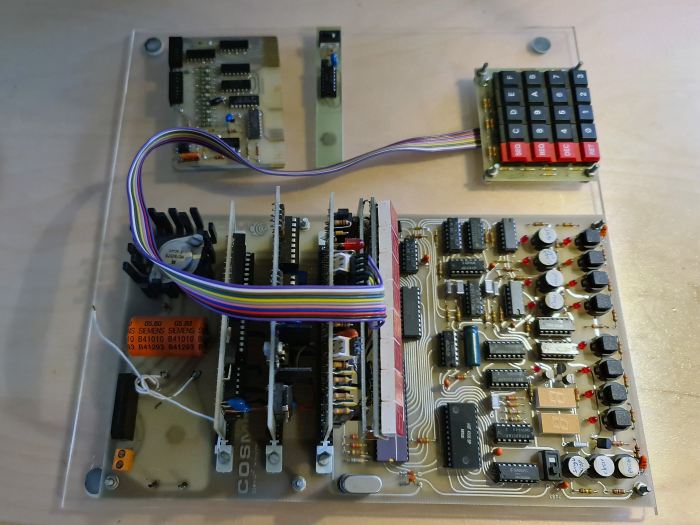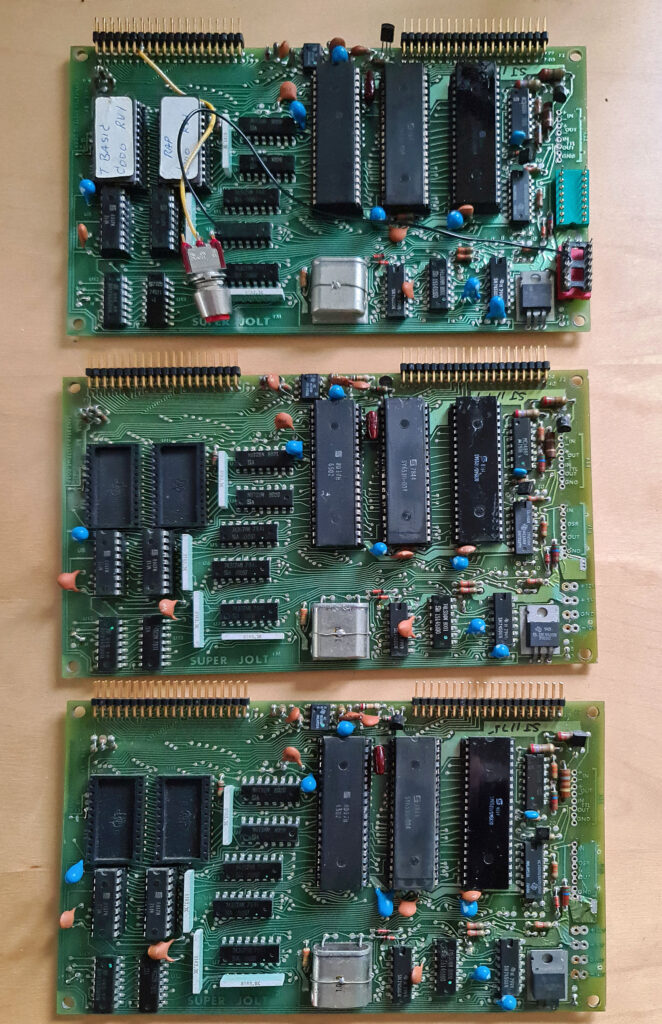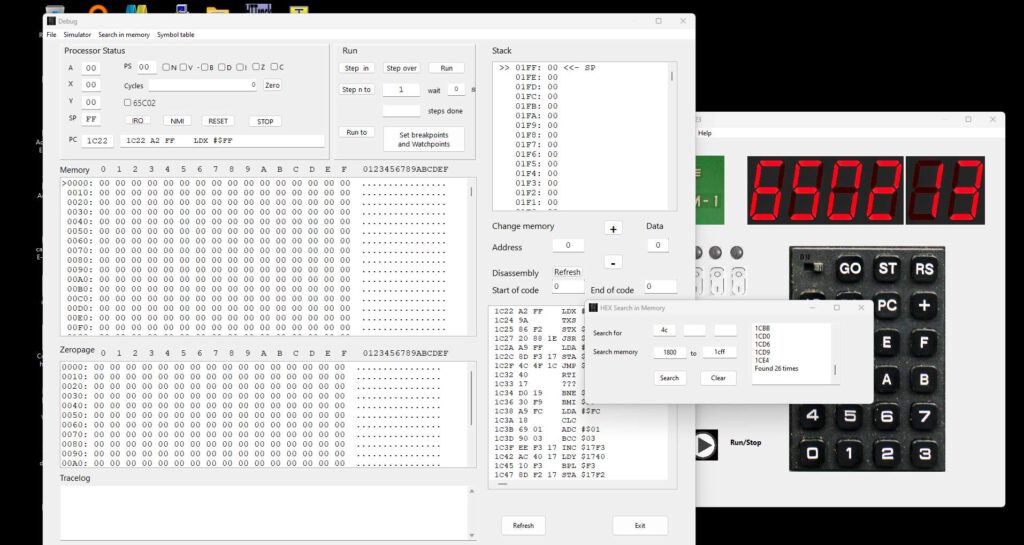I have added a page on LJ Technical Learning’s Digiac line of 6502 systems.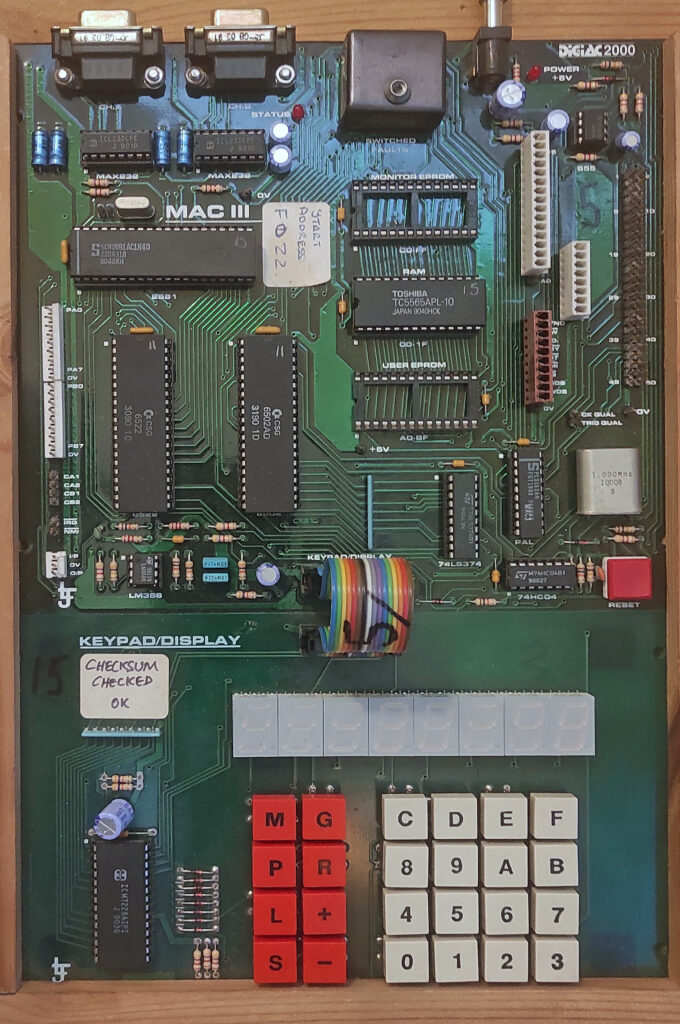
End of year updates to my programs
I have made some small updates to four of my programs.
Updates are bugfixes, cosmetic changes to also to let Raspberry Pi OS versions work, a nicer looking Windows setup and in general bringing all the programs to the same level.
Convert 8 bits hex formats V 2.7
KIM-1 Simulator V 1.3.9
TIM Superjolt Simulator V 0.5
SerialTester V 1.1
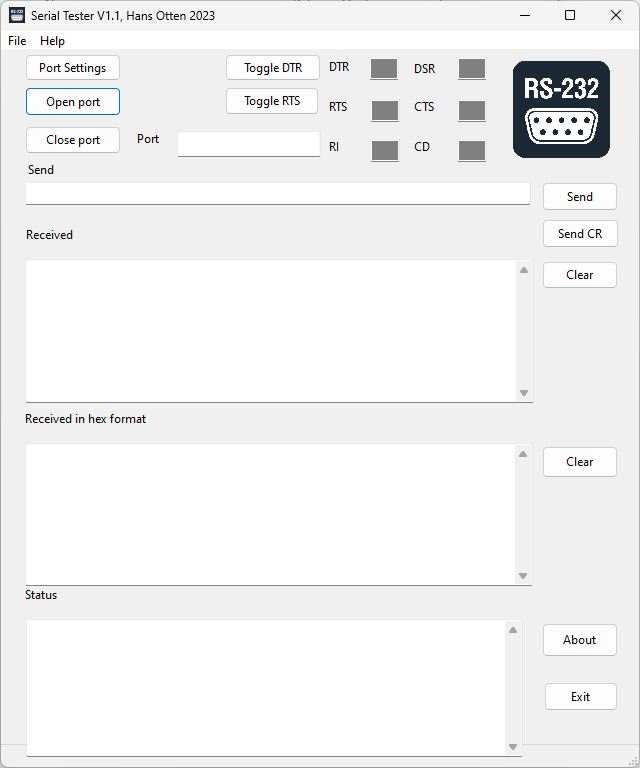
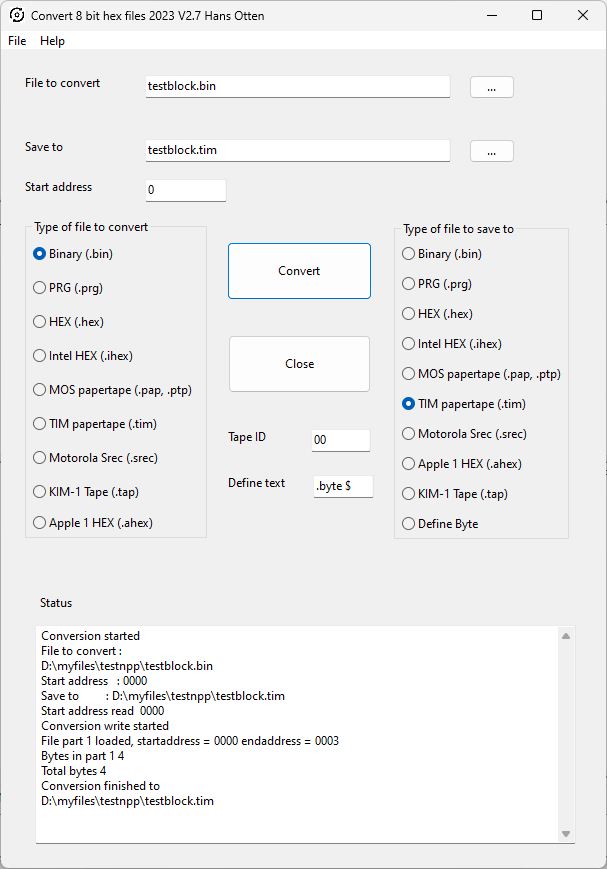
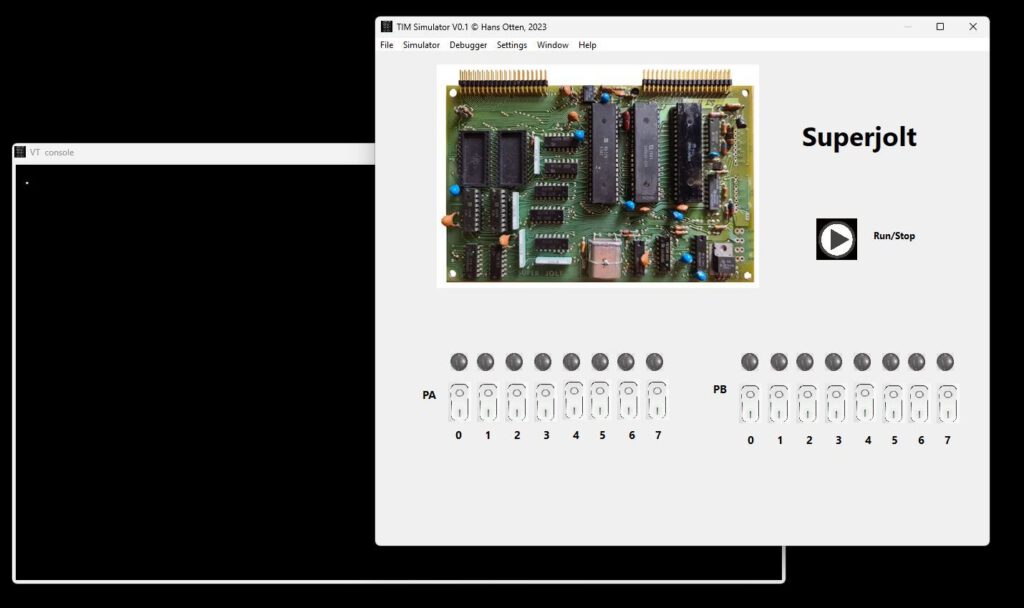

See also:
KIM-1 connectors: beware the Chinese cheap variants!
Magazines: Compute! and Compute II
All documents in the MTU pages are now clean and higher quality, about 50 new PDFs.
Focal-65 V3D for TIM and KIM-1
Tiny Basic by Tom Pittman
Sources, manuals, articles, patched binaries for KIM-1 and TIM!Tiny Basic for the KIM-1 and the TIM in the SuperjoltTiny Basic interpreter.
Copyright 1976 Itty Bitty Computers, used by permission
On this page information how to run Tiny Basic, by Tom Pittman, for the KIM-1 or a TIM (RRIOT 6530-004) based machine, like Jolt and Superjolt, with 4K RAM at least extra.Any 6502 machine with character I/O can run Tiny Basic, source is available with just a few changes to be made to I/O, memory layout and breaktest.
All tests and binary file manipulation with Tiny Basic have been done with my KIM-1 and TIM Superjolt simulators, and also got an update this week.
See also:
KIM-1 connectors: beware the Chinese cheap variants!
Magazines: Compute! and Compute II
All documents in the MTU pages are now clean and higher quality, about 50 new PDFs.
Focal-65 V3D for TIM and KIM-1
A TIM (6530-004) Superjolt simulator update, also KIM-1 Simulator
A TIM (6530-004) Superjolt Demon simulator.
Version 0.4. 
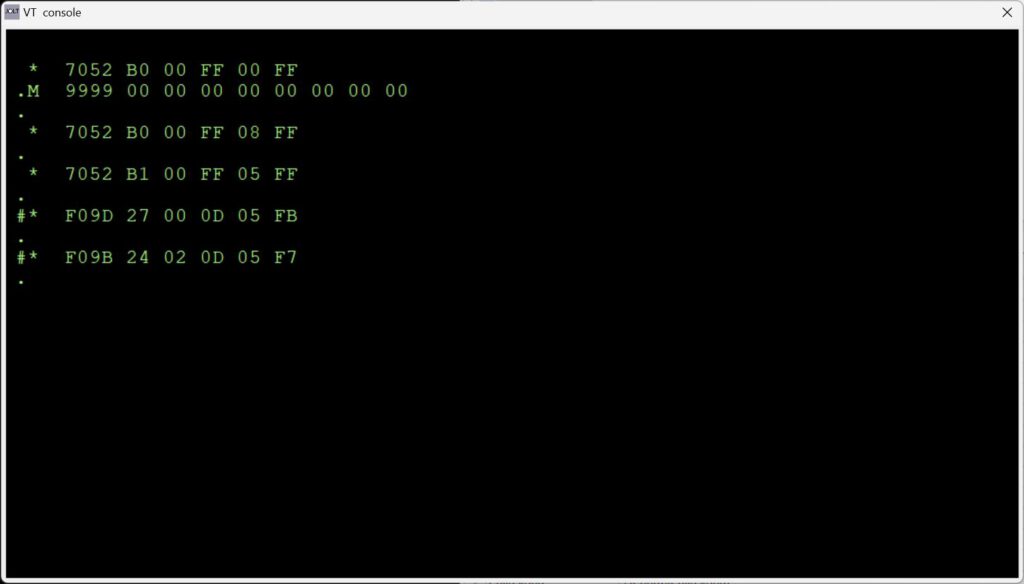 TIM Superjolt Simulator V0.4, Tiny Basic working!
TIM Superjolt Simulator V0.4, Tiny Basic working!
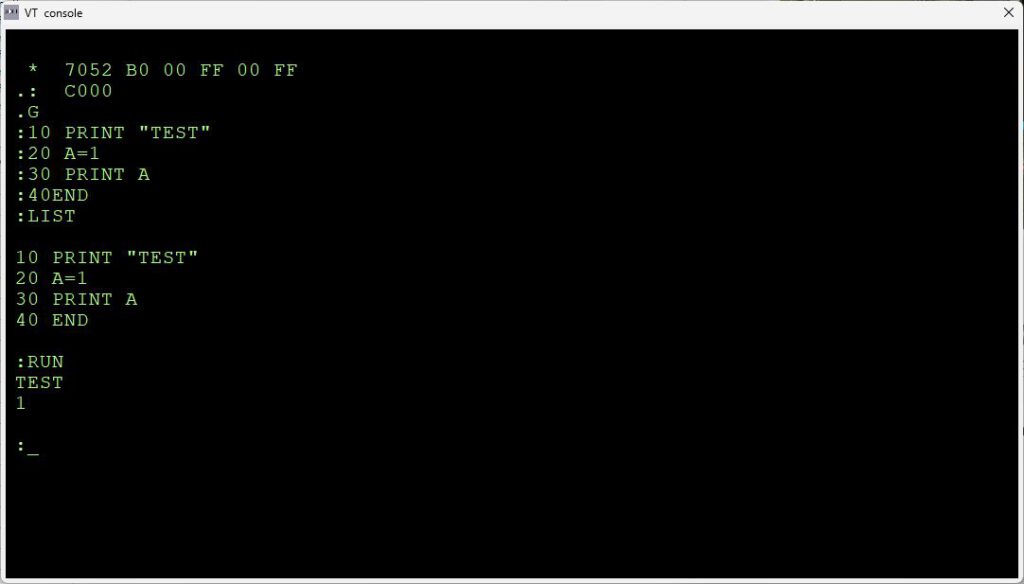
Since the TIM Simulator and the KIM-1 Simulator share a lot of code, also the KIM-1 Simulator got an update, to let Tiny Basic work better: V1.3.8 is available.
The bundled Conversion 8 bit hex formats is now at version 2.6.
I have since yesterday a Raspberry Pi 5. Great little machine. Very grown up installation. Lazarus works fine with the usual trick of first the apt install version and then fpcupdeluxe for a newer version.
The TIM and KIM-1 Simulator work fine on the Pi 5, so a Raspberry Pi 5 is now included in the distributions.
See also:
KIM-1 connectors: beware the Chinese cheap variants!
Magazines: Compute! and Compute II
All documents in the MTU pages are now clean and higher quality, about 50 new PDFs.
Focal-65 V3D for TIM and KIM-1
Elektor EC-68 6809
See also:
Convert to Papertape V2.2
PC utilities updated
Convert hex formats V2
New scans of KIM-1 manuals
I found new high quality scans of KIM-1 manuals on the Retro Commodore website.
That website is filled with high quality scans of Commodore publications.
High quality scans of the User, Programming, Hardware manuals. Also scans of KIM-5 related manuals like Assembler and Editor (a new one for me!).
The originals are from a German distributor, there is a sticker on the frontpage.
I thank Carsten Jensen for his invaluable work!
Manuals are added also to the KIM-1 manuals page, which did get a cleanup too. 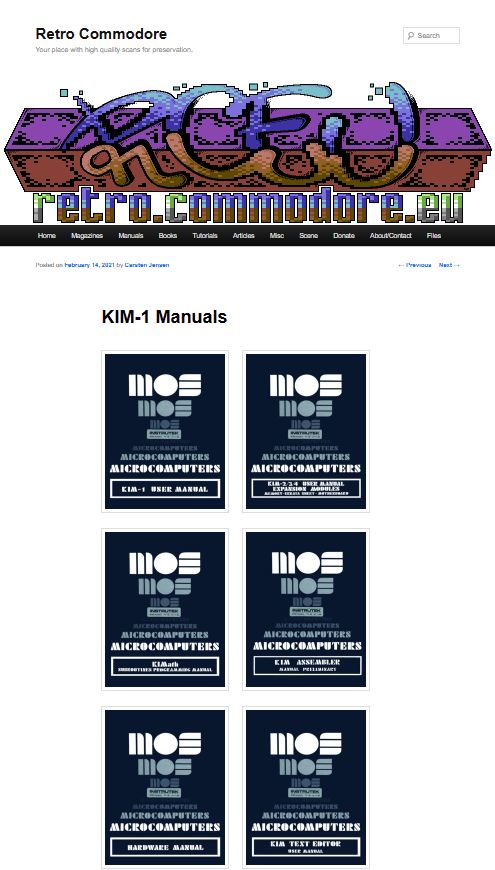
See also:
KIM-1 connectors: beware the Chinese cheap variants!
Magazines: Compute! and Compute II
All documents in the MTU pages are now clean and higher quality, about 50 new PDFs.
Focal-65 V3D for TIM and KIM-1
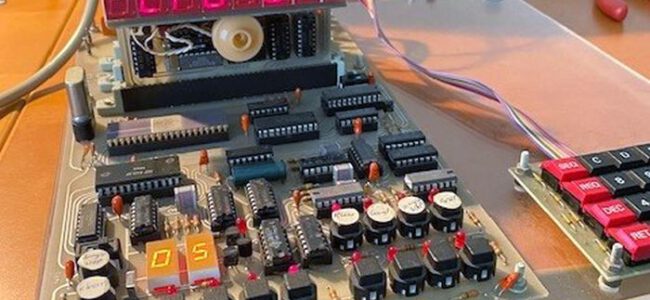
Cosmicos donation
Cosmicos is the name for a SBC around the RCA 1802 CPU. Cosmicos stands for COSMAC MINI COMPUTERSYSTEM.
Published in the dutch magazine Radio Bulletin, developed by the editor (later editor in chief) Bob Stuurman.
The system is loosely based on the Cosmac ELF design. Compatibility with the ELF was later improved in the cassette routine loader, Tom Pittmann’s Tiny Basic and such.
Read all about the Cosmicos here.
See also:
PC utilities updated
FABGL library serial and development board
NOP testers
Large update on Pascal
Superjolt and TIM 6530
I have acquired 3! Superjolts. With a Synertek Superjolt CP110 manual and Tiny Basic + RAP (assembler) in ROM.
A good opportunity to update the 6530 and the Jolt SuperJolt pages. Better quality and more documents, more photos, ROMs dumped.
See also:
KIM-1 connectors: beware the Chinese cheap variants!
Magazines: Compute! and Compute II
All documents in the MTU pages are now clean and higher quality, about 50 new PDFs.
Focal-65 V3D for TIM and KIM-1
V1.3.7 KIM-1 Simulator
New version of the KIM-1 Simulator. Now version 1.3.5. 3 oktober, and now 9 oktober 1.3.7!
– text file upload in console also accepts UNIX style line endings and DOS type
– Debugger more visible in main form, and new menu with Search, Fill, Move/copy in memory
– added PRG Commodore binary file load and save (for the IEC users!)
– debugged and tested the VT100 codes of the console
See also:
KIM-1 connectors: beware the Chinese cheap variants!
Magazines: Compute! and Compute II
All documents in the MTU pages are now clean and higher quality, about 50 new PDFs.
Focal-65 V3D for TIM and KIM-1
Patches to Microsoft Basic K-1008-2L MTU
Added to the MTU pages:Patches to Microsoft Basic K-1008-2L sources and binaries, ready to run!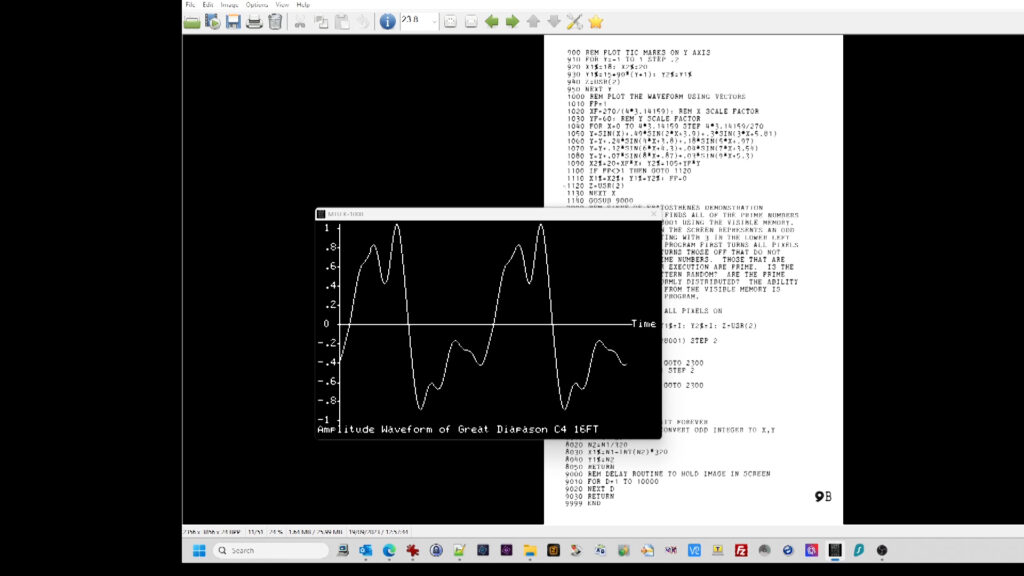

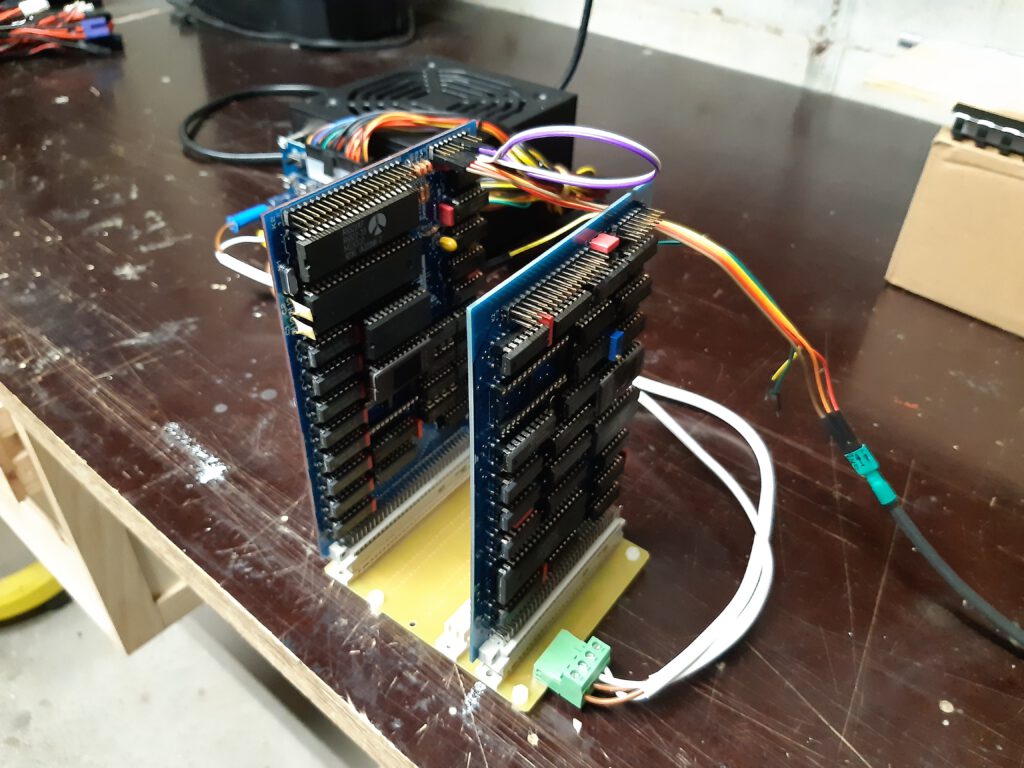 .
.